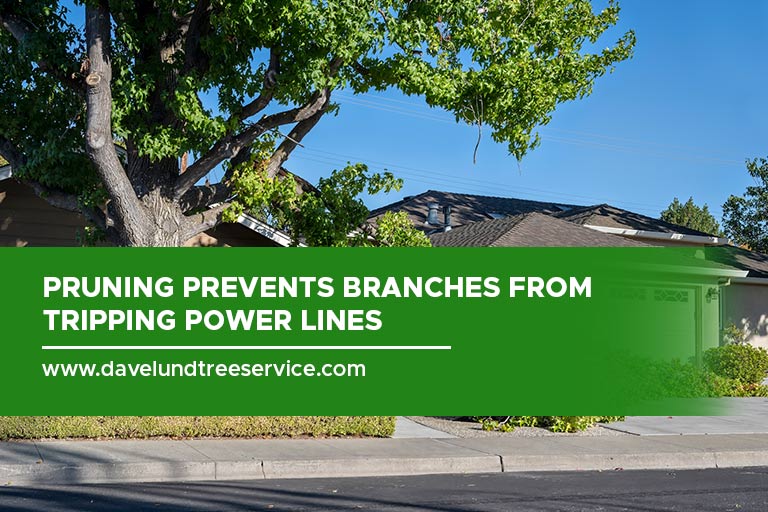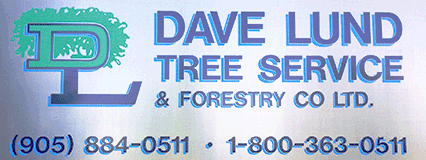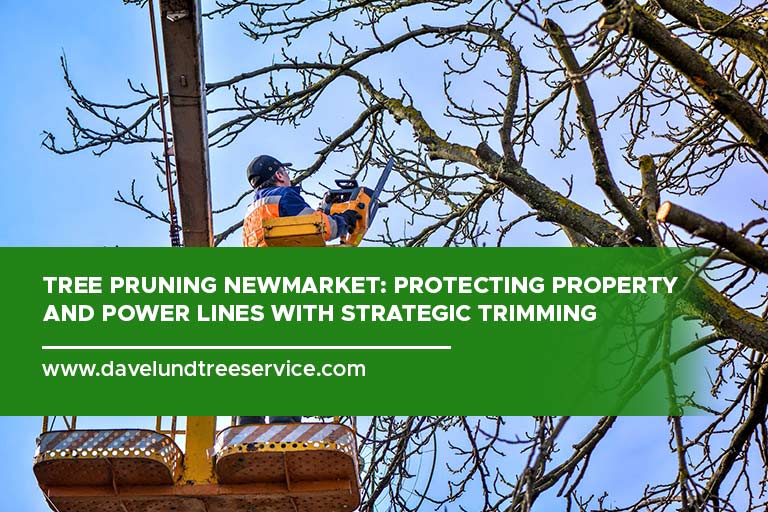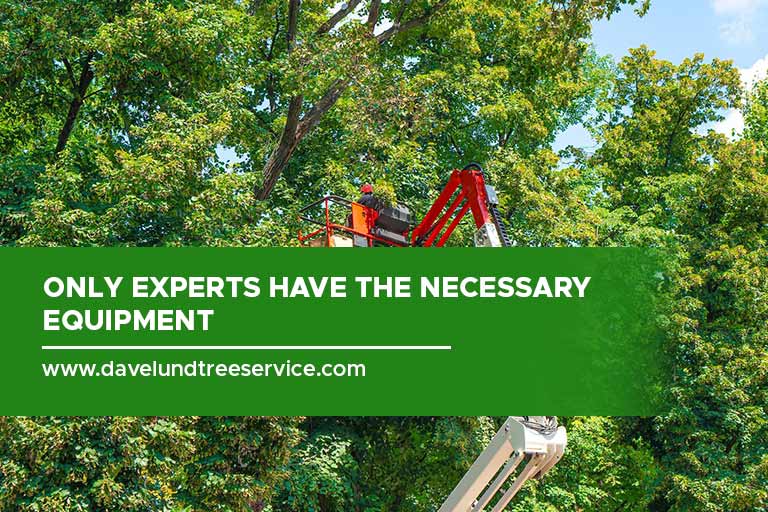Maintaining the beauty and safety of your property in Newmarket involves more than just mowing the lawn and painting the fence. Strategic tree pruning is a vital aspect of home care that ensures your trees remain healthy, your property stays protected, and power lines are kept clear. In this blog, we’ll explore the importance of tree pruning, focusing on how it helps safeguard your home and neighbourhood by preventing damage and outages.
What Is Tree Pruning
Tree pruning is more than just an occasional trim to keep your yard looking neat. It’s a crucial practice that involves selectively removing branches to improve tree health, enhance aesthetic appeal, and ensure safety.
There are various types of pruning, including thinning, which involves removing specific branches to reduce tree density; topping, which cuts back large sections of the tree to encourage new growth; and shaping, which sculpts the tree into a desired form.
“No one likes the process of pruning and the pain of loss, but fruit only grows on new wood.” – Leonard Sweet
It’s important to distinguish between pruning and trimming. While both involve cutting branches, pruning is more focused on the health and structure of the tree, whereas trimming is often about maintaining a desired appearance.
Regular tree maintenance through pruning can prevent issues before they arise, ensuring trees grow strong and remain beautiful. Proper pruning can also increase sunlight and air circulation within the canopy, promoting healthier growth and reducing the risk of disease.
Protecting Property Through Pruning
Overgrown branches can pose significant risks to your property, leading to costly repairs and potential hazards. When tree limbs extend too close to your home, they can damage roofs, gutters, windows, and siding, especially during storms when wind and heavy branches are a dangerous combination. Strategic pruning helps keep branches at a safe distance from your house, reducing the likelihood of such damage.
Beyond preventing direct physical damage, pruning can also mitigate the risk of falling branches, which can be a serious safety hazard. Dead or weak branches are more likely to break off during strong winds or heavy snowfall, posing a threat to people, pets, and structures below. Regular pruning removes these vulnerable branches before they become a problem, enhancing overall safety around your property.
Ensuring Power Line Safety

Trees growing too close to power lines can lead to serious safety hazards and service interruptions. Overgrown branches that come into contact with power lines can cause outages, fires, and even pose a risk of electrocution. In Newmarket, where reliable power supply is essential, ensuring that trees are properly pruned around power lines is a critical aspect of community safety.
Power outages caused by tree interference are not just inconvenient; they can disrupt daily life, affect local businesses, and lead to costly repairs for utility companies. Statistics show that a significant number of power outages are due to trees and vegetation encroaching on power lines. By regularly pruning trees near these lines, the risk of such disruptions is greatly reduced.
Safety regulations and guidelines are in place to manage the proximity of trees to power lines. It’s important for homeowners to be aware of these rules and to work with professional arborists in Newmarket who are trained in safe pruning practices around electrical infrastructure. These professionals use specialized tools and techniques to maintain a safe distance between branches and power lines, ensuring compliance with local regulations and minimizing the risk of accidents.
Strategic Tree Trimming Techniques
Strategic tree trimming is an art and a science, focusing on techniques that promote tree health, enhance aesthetic appeal, and ensure safety. Whether you are a homeowner or a professional arborist, understanding the best practices for trimming trees can make a significant difference.
Best Practices for Strategic Trimming
The key to effective tree trimming lies in knowing which branches to remove and how to make the cuts. Aim to remove dead, diseased, or damaged branches first. These branches can pose a risk to the tree’s health and safety if left unchecked. Additionally, trimming crossing branches can prevent damage and promote healthier growth.
Seasonal Considerations for Pruning
Timing is crucial when it comes to tree trimming. In Newmarket, the best time to prune most trees is during the late winter or early spring, just before the new growth starts. This timing helps minimize stress on the tree and reduces the risk of disease spread. However, certain trees and circumstances may require different timing, so it’s essential to research specific species and consult with professionals if needed.
Techniques for Healthy Growth
Cut cleanly just outside of the enlarged area where the branch joins the trunk, known as the branch collar. Steer clear of leaving a stump or pruning too close to the trunk since these can impede the tree’s capacity to recover. Use the “three-cut method” for larger branches to prevent bark tearing: make an initial undercut, then a second cut a few inches further out to remove the bulk of the branch, and finally, a finishing cut to remove the stub.
Shaping and Thinning
Shaping involves selectively trimming branches to achieve a desired form, which can enhance the tree’s appearance and balance. Thinning, on the other hand, reduces the tree’s density by removing some branches entirely. This allows more light and air to penetrate the canopy, promoting healthier growth and reducing the risk of disease. Both techniques should be done carefully to maintain the tree’s natural shape and structural integrity.
Local Regulations and Guidelines
Newmarket has clear rules about tree maintenance, particularly when it involves public property or proximity to power lines. These regulations are designed to protect public safety and the health of the trees. Homeowners are typically responsible for trees on their property, but when these trees encroach on public spaces or utility lines, they must follow local guidelines to address the issue.
Pruning Near Power Lines
Pruning trees near power lines is not just a safety precaution; it’s a legal requirement. In Newmarket, only qualified professionals should handle pruning within a certain distance from power lines. This ensures that the work is done safely and in compliance with electrical safety standards. Attempting to prune these areas without the proper qualifications can result in severe penalties and dangerous accidents.
Obtaining Permits and Permissions
For significant pruning work, especially on heritage trees or those that impact public property, permits or permissions from local authorities may be required. This process typically involves submitting an application detailing the work to be done and the methods to be used. It’s important to check with Newmarket’s town office or relevant departments to understand the specific requirements and ensure all necessary approvals are obtained before starting any major pruning project.
Resources for Local Guidelines
Newmarket provides various resources to help residents understand and comply with tree pruning regulations. The town’s website often includes detailed guidelines, FAQs, and contact information for relevant departments. Additionally, local arborist services are familiar with these regulations and can provide valuable advice and assistance in navigating the requirements.
Keep Your Trees Healthy and Safe
Don’t wait until overgrown branches become a problem. Contact Dave Lund Tree Service & Forestry at (905) 884-0511 for expert tree pruning in Newmarket and ensure your property remains protected and visually appealing. Call today to schedule your consultation!


